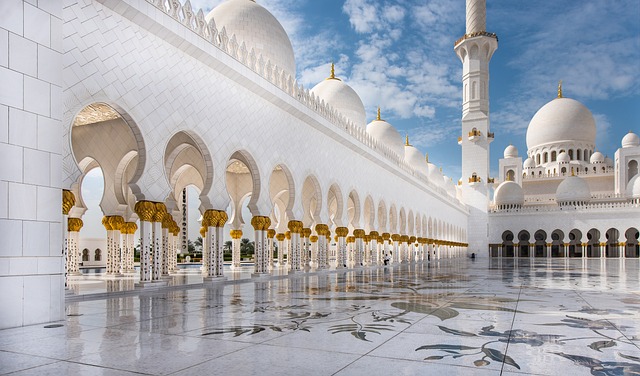Mixed-use development is a strategic real estate approach integrating residential, commercial, and recreational spaces in a single project, aiming to create vibrant districts where people can live, work, shop, and socialize within walking distance. This philosophy enhances neighborhood liveliness, promotes efficient urban space use, encourages foot traffic, and fosters community engagement. By transforming city districts into dynamic communities, mixed-use real estate contributes to revitalized urban areas, improved accessibility, reduced traffic congestion, and a lower environmental impact, ultimately enhancing the health and happiness of city dwellers.
In today’s dynamic urban landscape, fostering mixed-use development is key to creating vibrant, livelier districts. This article explores the concept of integrating residential, commercial, and retail spaces within a single community, delving into its manifold benefits for real estate markets and urban areas. We also offer practical strategies to implement and promote mixed-use communities, highlighting successful examples from around the world. By embracing mixed-use development, cities can enhance accessibility, encourage foot traffic, and cultivate thriving neighborhoods.
Understanding Mixed-Use Development in Real Estate

Mixed-use development is a strategic approach in real estate that combines residential, commercial, and sometimes even retail or industrial spaces within a single project. This integrated design philosophy aims to create vibrant, bustling districts where residents can live, work, shop, and socialize all within walking distance. By fostering a diverse mix of land uses, mixed-use developments enhance the overall liveliness and sustainability of neighborhoods.
In real estate terms, this concept promotes a more balanced and efficient use of urban spaces. Instead of isolated areas dedicated solely to housing or commerce, mixed-use projects facilitate a symbiotic relationship between different zones. This interconnectedness encourages foot traffic, fosters community engagement, and can lead to the creation of unique district identities. As a result, mixed-use developments are increasingly recognized as game changers in shaping livelier and more connected urban environments.
Benefits of Mixed-Use for Urban Areas

Mixed-use development is a game-changer in urban planning, offering numerous advantages for revitalizing city districts. By integrating residential, commercial, and sometimes even recreational spaces within a single structure or neighborhood, mixed-use real estate creates vibrant and dynamic communities. This diverse mix fosters a lively urban atmosphere, encouraging foot traffic and promoting a sense of community engagement.
One of the key benefits is increased accessibility and convenience for residents and visitors alike. Mixed-use districts eliminate the need for lengthy commutes, as people can live, work, and enjoy leisure activities within close proximity. This reduces traffic congestion and minimizes the environmental impact often associated with urban travel. Moreover, it encourages a more walkable and sustainable lifestyle, contributing to healthier and happier city dwellers.
Strategies to Implement and Promote Mixed-Use Communities

Implementing mixed-use communities in urban districts requires a strategic approach, focusing on diverse real estate development. One key strategy is to encourage a blend of residential, commercial, and recreational spaces within close proximity. This can be achieved by offering incentives for developers to include mixed-use components in their projects, such as reduced zoning restrictions or tax benefits. Collaboration between local governments, businesses, and residents is vital to promote this integration.
Promoting walkability and accessibility further enhances the appeal of mixed-use districts. Well-designed public spaces, efficient transportation networks, and a variety of amenities cater to diverse needs, fostering vibrant communities. Engaging with stakeholders through public consultations ensures that the development aligns with the desired vision, creating livelier and more connected neighborhoods.






